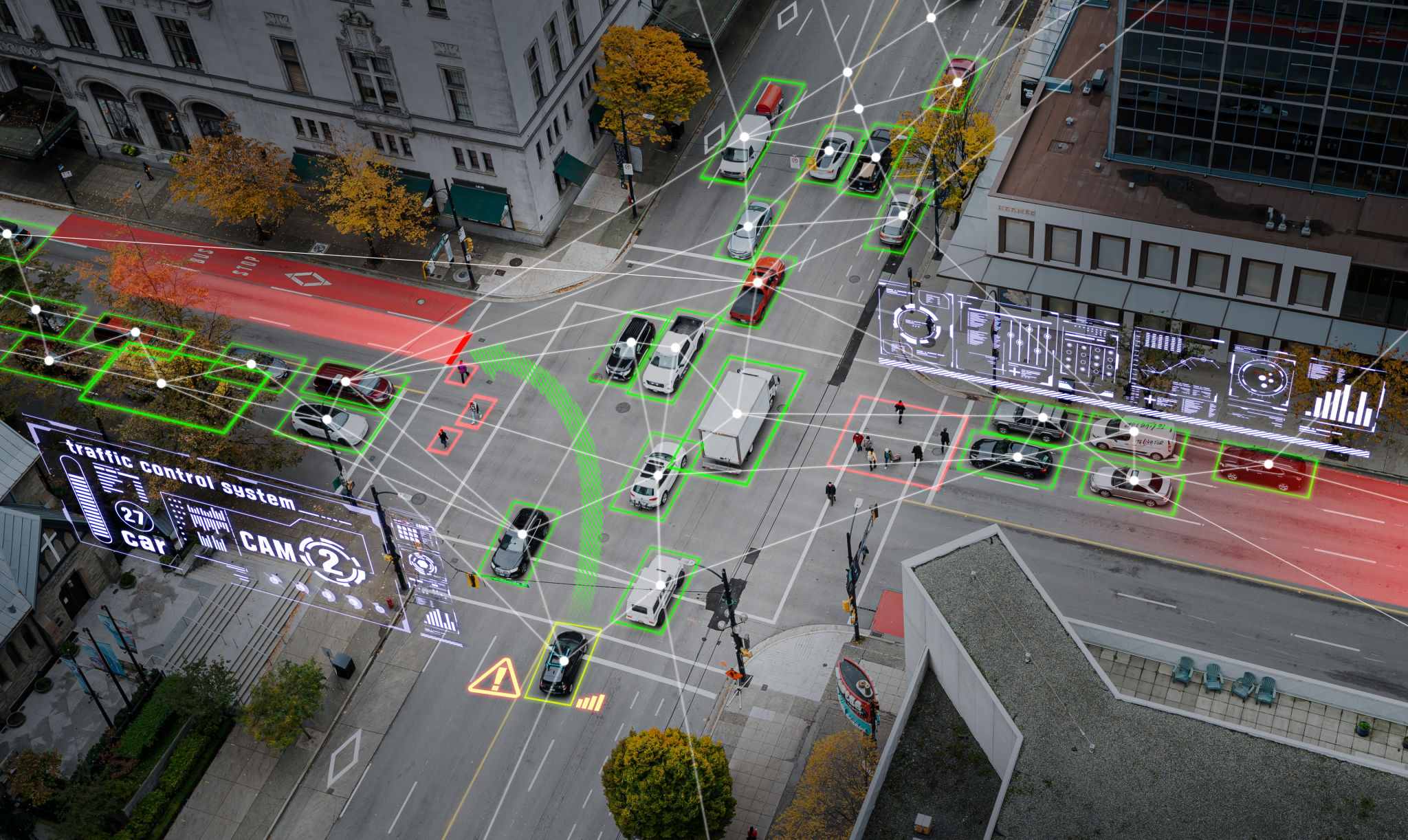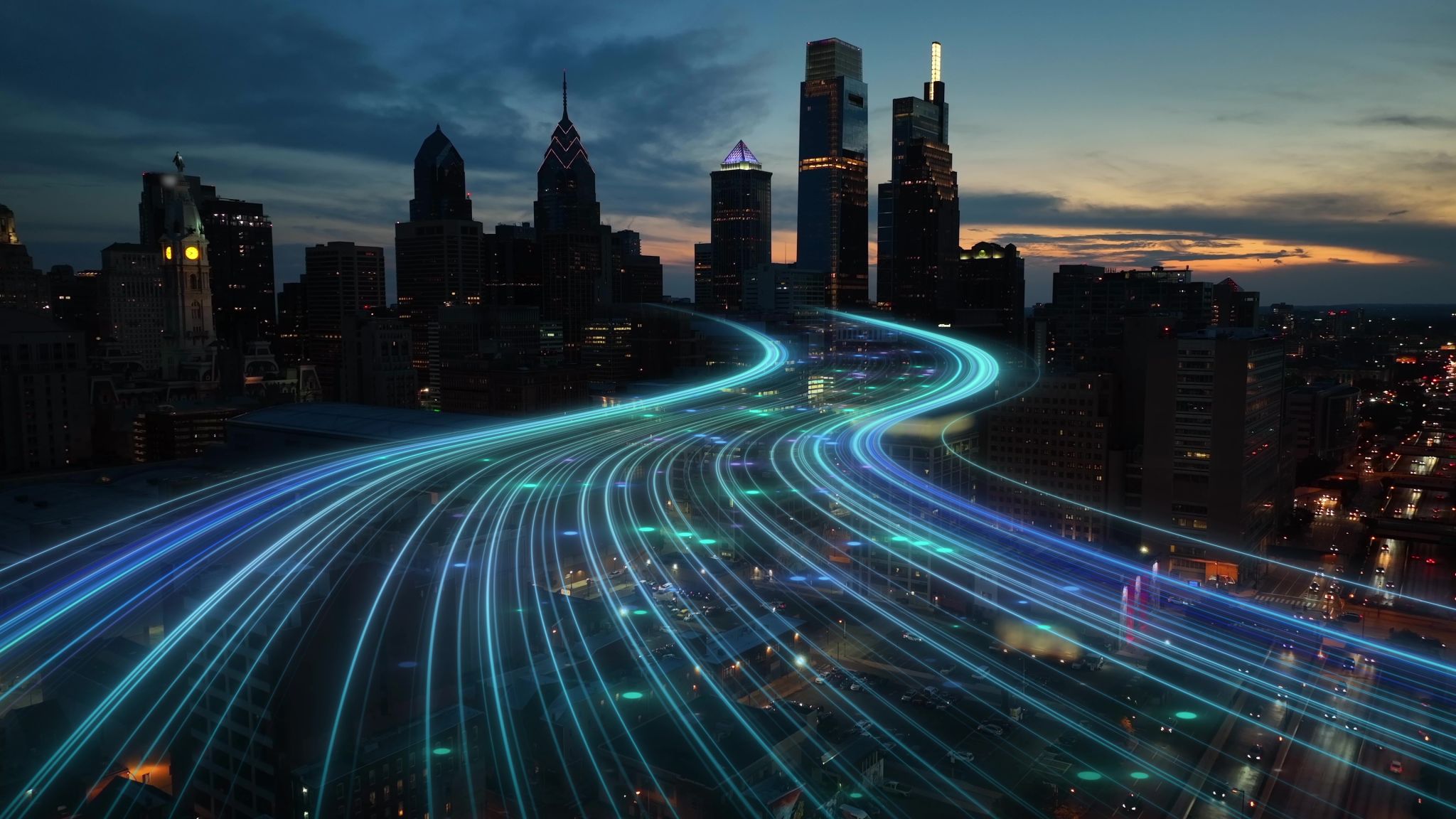The Role of Smart Cities in Future Infrastructure Development
Understanding Smart Cities
As urbanization continues to accelerate globally, the concept of smart cities is gaining momentum. These cities leverage advanced technologies and data analytics to enhance the quality of life for their residents. By integrating digital solutions into urban infrastructure, smart cities aim to create more efficient, sustainable, and livable environments.

Key Components of Smart Cities
Smart cities are built on several key components that work in synergy to improve urban living. These include smart transportation systems, energy-efficient buildings, intelligent waste management, and enhanced public safety measures. By utilizing the Internet of Things (IoT), artificial intelligence, and big data, smart cities can optimize operations and reduce environmental impact.
One of the most significant aspects of smart cities is their ability to manage resources efficiently. For instance, smart grids help monitor and distribute energy more effectively, while smart water management systems ensure the optimal use of water resources. These systems not only reduce costs but also minimize the ecological footprint of urban areas.
The Importance of Connectivity
Connectivity plays a crucial role in the development of smart cities. A robust network infrastructure is essential for integrating various technologies and services. High-speed internet, widespread Wi-Fi access, and reliable mobile networks form the backbone of smart city infrastructure. This connectivity enables seamless communication between devices, systems, and people.

Enhancing Transport and Mobility
Transportation is a critical focus area for smart cities. By adopting intelligent transportation systems, cities can alleviate congestion, reduce pollution, and improve overall mobility. Technologies such as real-time traffic monitoring, smart parking solutions, and autonomous vehicles are transforming how people move within urban environments.
Moreover, smart cities promote the use of sustainable transport options like electric buses and bike-sharing programs. These initiatives not only decrease carbon emissions but also encourage healthier lifestyles among residents.
Challenges and Opportunities
While the transition to smart cities presents numerous opportunities, it also comes with challenges. Privacy concerns, data security issues, and the digital divide are some of the hurdles that need to be addressed. Ensuring that all citizens have equal access to technology and its benefits is crucial for the success of smart city initiatives.

The Future of Infrastructure Development
The role of smart cities in future infrastructure development cannot be overstated. As more cities adopt smart technologies, they will set new standards for urban planning and development. The integration of sustainable practices and digital innovations will lead to more resilient and adaptable urban areas.
Governments, businesses, and communities must collaborate to harness the full potential of smart cities. By investing in research, fostering innovation, and creating inclusive policies, we can pave the way for a brighter urban future.
